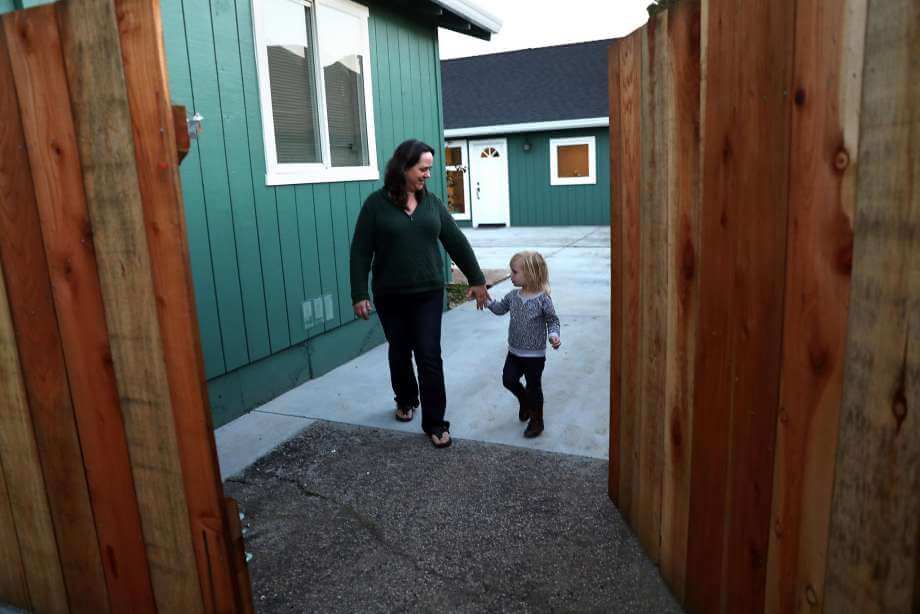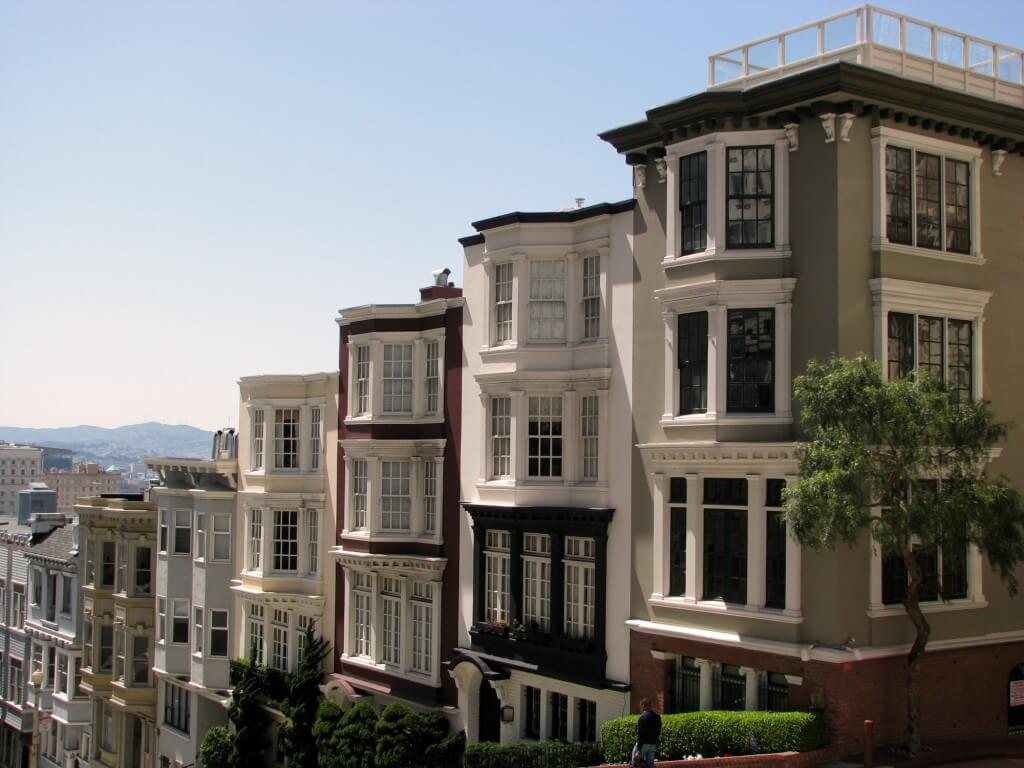
THE BAY AREA'S FOREMOST PRACTITIONERS IN
ACCESSORY DWELLING UNITS & IN-LAW UNIT PLANNING

State Law Has Eased The Restrictions In Building These Pint-Sized Units.
Known more commonly as in-law units, granny flats, secondary units and other terms, construction of Accessory Dwelling Units is on the upswing in the Bay Ara, while still other illegal units are eligible for proper permitting. Although legislation has revoked city-level ordinances that impede construction of these units, the patchwork of zoning regulations are still a complicated matter best approached by the real estate attorneys at Bornstein Law.
Accessory Dwelling Units (ADUs) are gaining popularity throughout the Bay Area and beyond. Once vilified as a way of cramming more people into tighter spaces or deemed as a way for profiteering homeowners to make money without obtaining permits, these pint-sized units are back in vogue with the Golden State woefully behind on the home production needed to keep pace with a burgeoning population.
The sprout of in-law units are compliments of legislation signed by Gov. Jerry Brown designed to reforming building laws for in-law suites and help the housing crunch. The two-pronged set of bills, AB 2299 and SB 1069, put local municipalities on notice that onerous restrictions on building in-law units would be “null and void” and until such time local government adopts its own ordinance that aligns with State law, the standards of Government Code §65852.2 will be enforced.
State Law essentially puts local governments in check by revoking city-level ordinances that impede construction of in-law units — from parking restrictions to fire sprinkler requirements to exorbitant costs — making way for new and comparatively lenient, baseline criteria for approval. This has effectively tilted the balance of power in favor of in-law units and recognizes the role they can play in putting a dent in the housing shortage.
Certain obstacles that were axed in the legislation include:
-
An ADU can be attached or detached from the primary residence;
-
An ADU cannot be required to have a clear passageway to the street;
-
Attached ADUs can be up to fifty percent (50%) of existing living area with a maximum floor area of 1,200 square feet. Detached units are only subject to the 1,200 square foot maximum;
-
Parking requirements are reduced or eliminated;
-
Utility connection requirements and fees for certain units are reduced or eliminated;
-
Applications for ADUs within existing residences or accessory structures must be considered ministerially without the need for any discretionary hearing and within 120 days of submittal.
Although the state has issued guidance on what a municipality can and can’t do, it stops short of writing the city’s ordinance — that is the prerogative of local government. Ordinances vary widely throughout the Bay Area, and making sense of the planning and building regulations are best approached with a real estate attorney that is intimately familiar with the building codes and rules formally adopted in your locale.
Other Landlord-Tenant Topics
Tenant Buyout Agreements
Security Deposits
Rent Control
Owner Move-In Evicitons
Unlawful Detainers
Just Cause Eviction
Airbnb & Short Term Rental Agreements
Tenant Abandonment
Rent Board Appearances
Tenant Hoarding
Marijuana in Rental Units

MORE IN DEPTH
ADU REGULATIONS THROUGHOUT THE BAY AREA






